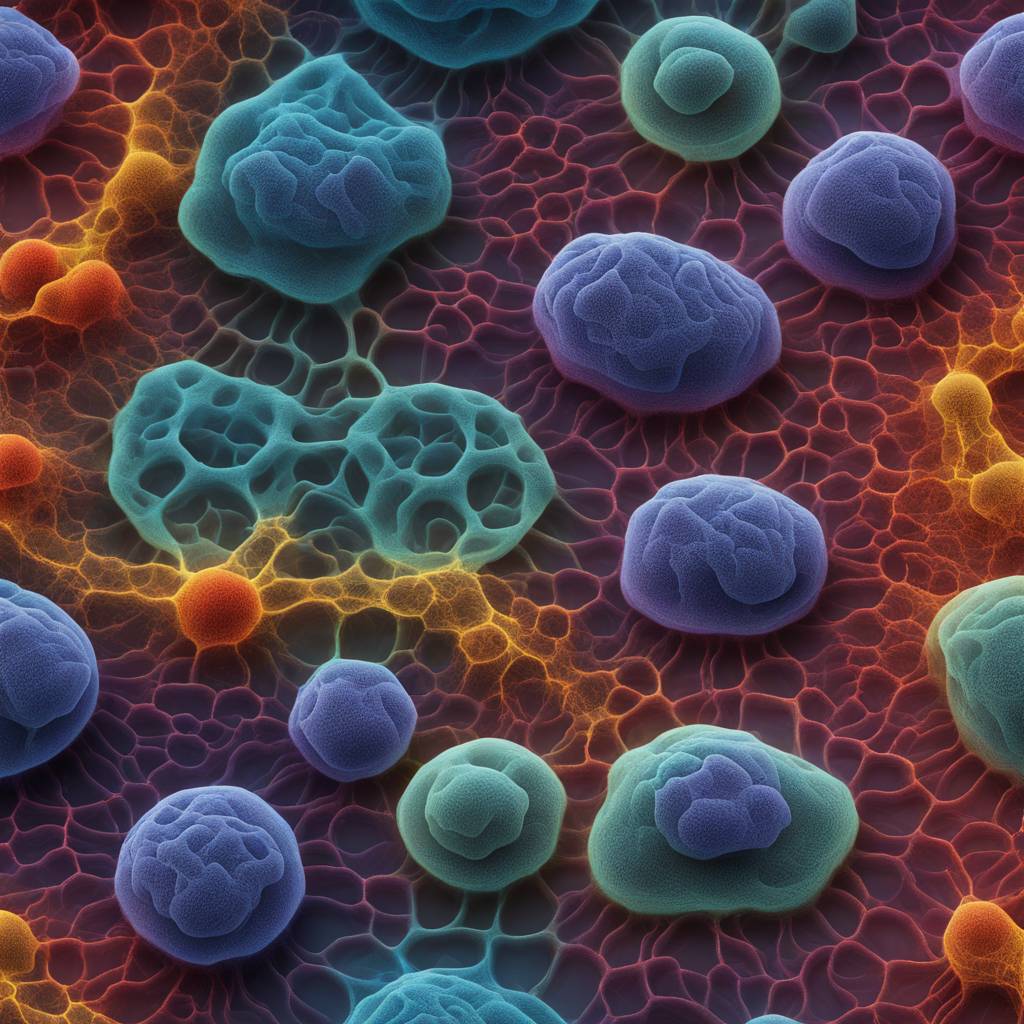Nitrogen is essential for all life on Earth, but it is largely unavailable to most organisms in the form of nitrogen gas (N2) without a process called nitrogen fixation. This process converts dinitrogen to ammonium, which is a major inorganic nitrogen source. Researchers have discovered nitrogen-fixing symbiotic organisms called UCYN-A, a species of cyanobacteria, that are exhibiting behaviors similar to organelles. These organisms live in a symbiotic relationship with marine algae in nutrient-poor areas of the open ocean.
UCYN-A has lost the genes that regulate dinitrogen use when fixed sources of nitrogen are available, allowing it to fix nitrogen gas into ammonium even in nutrient-rich environments. The host algae provide UCYN-A with carbon fixed photosynthetically by its chloroplasts. Researchers found a size relationship between UCYN-A and their symbiotic partner cells, consistent with the size relationships seen between other organelles and their hosts. Mathematical modeling revealed the metabolic trade-offs that regulate cell size through nutrient acquisition and exchange.
It is theorized that UCYN-A may be evolving organelle-like characteristics as they move along the path toward becoming nitrogen-fixing organelles. Although mitochondria and chloroplasts are much further along on the evolutionary spectrum, researchers believe that UCYN-A and their symbiotic relationship provide insight into the early stages of organelle formation. The study focuses on a symbiotic relationship that emerged about 100 million years ago, allowing researchers to explore the evolution of organelle formation in its early stages.
The tight size relationship between UCYN-A and its host is explained by the resource economy of the symbiotic partners, suggesting that UCYN-A may be on the path to becoming an organelle. Ongoing research is needed to determine whether UCYN-A has already become an organelle. This study provides a snapshot of the evolutionary process of bacterial-derived organelles that are nitrogen-fixing, shedding light on the potential for UCYN-A to become organelles. More research is needed to fully understand the evolution of UCYN-A and the implications of their organelle-like characteristics.













